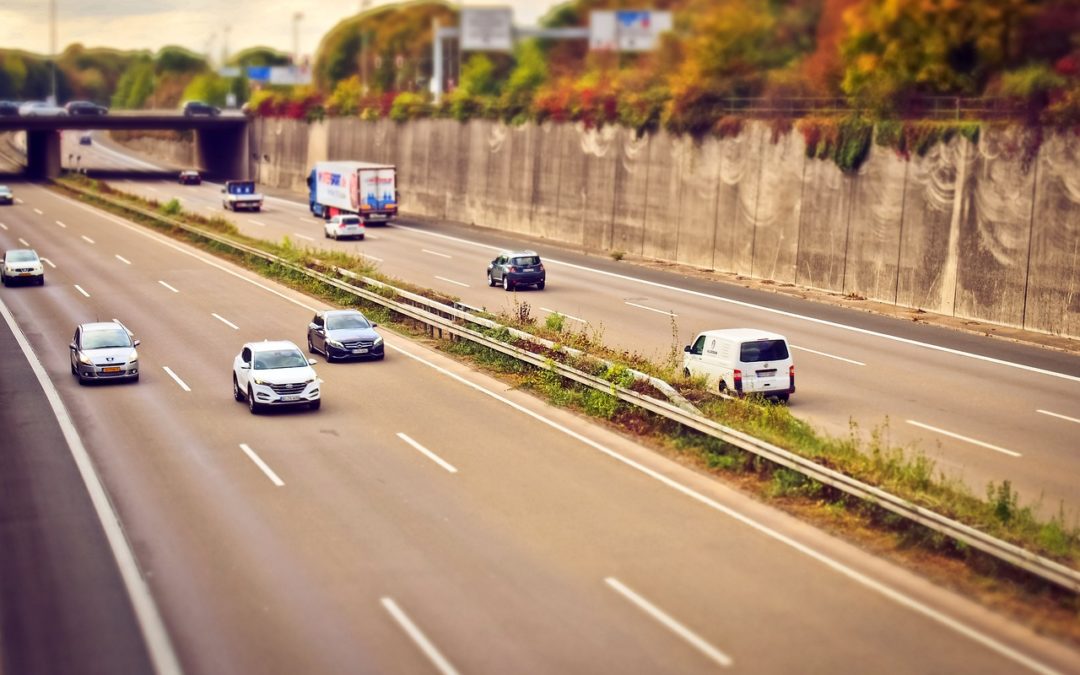Accelerating towards zero-emission mobility could lead to the depletion of materials such as copper, cobalt and lithium within 30 years or sooner. For net-zero mobility, technological innovation is not enough: we need to rethink our travels, and the benefits could also be social
By Andreas Budiman
Now that electric vehicles are starting to populate the streets of developed countries, the future of mobility may seem just around the corner. The reality is a little more complex. Building net zero emission transport (net zero) is the only way forward, but we must also make it sustainable. Recent research shows that if current trends in transportation demand continue as they do, we are likely to run out of some critical materials long before we reach climate neutrality. This requires a radical rethinking of the way we get around.
The study published as part of the LOCOMOTION project by researchers from the Energy, Economics and Dynamics of Systems Group of the University of Valladolid (GEEDS-UVa) suggests an unfortunate view: there are not enough materials to match our speed. Accelerating towards zero-emission mobility could mean the depletion of materials such as copper, cobalt, lithium, manganese, nickel and graphite within 30 years or sooner. And even the supplies of liquid fuels, such as oil, which we are trying to get away from, are starting to show signs of depletion.
In the study, the research team modelled different scenarios of future mobility systems and compared their energy and resource demand with available resources and reserves, extending the previous analyses on the evolution of transport. By using Medeas-World model (precursor of WILIAM, that it is under development in LOCOMOTION project), the study acquired material and climate estimates, such as estimating the possible market share of different battery technologies, recycling rates, and shares of primary and cumulative demand relative to current reserves and resources by 2050. In addition, the researchers were able to compare the greenhouse gas footprints (GHG footprints) of individual electric vehicles with those of internal combustion engine (ICEVs).
You can learn more about the results of this study by reading the full article here




